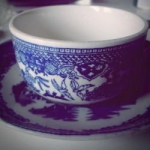For hundreds of years people have been searching the River Thames at low ride, looking for treasure. It’s known as mudlarking and today it’s seen as a curious and intriguing hobby. But, there was a time when this practice was a make or break occupation for the destitute. The history of mudlarking and the fascinating things people find in the mud are what keep many folks coming back time after time to the shores of this famed river.
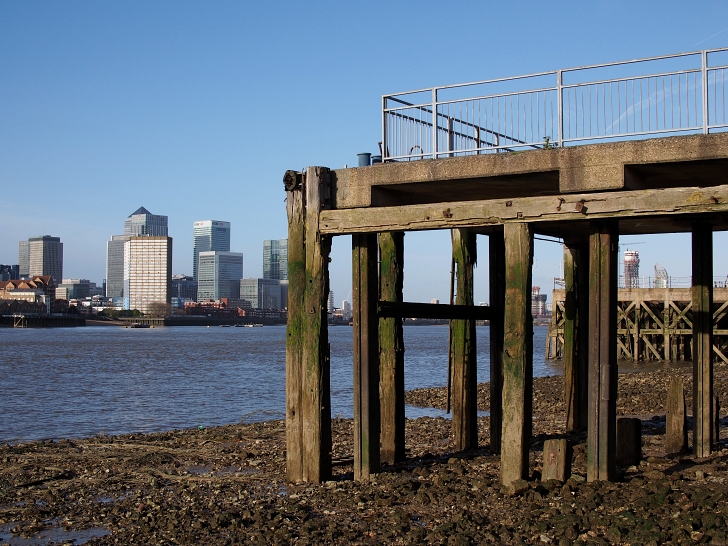
In the late 18th century the London’s ports were the busiest in the world, with ships sometimes having to wait months in the harbor to unload their wares. While the ships were tethered they became prey to robbers, who inevitably dropped a few things here and there. The impoverished of pre-industrial London would scavenge from these botched burglaries, giving rise to the term mudlarks.
By the 19th century it was common practice for the poor to look for all kinds of things in the mud, selling anything they could find to make ends meet. According to author and mudlarker, Lara Maiklem, for many of the city’s poorest souls mudlarking offered just enough income to keep them out of the workhouses which were notoriously cruel and needlessly deprived their occupants of basic needs. Better to struggle barefoot in the mud than to die in a workhouse.
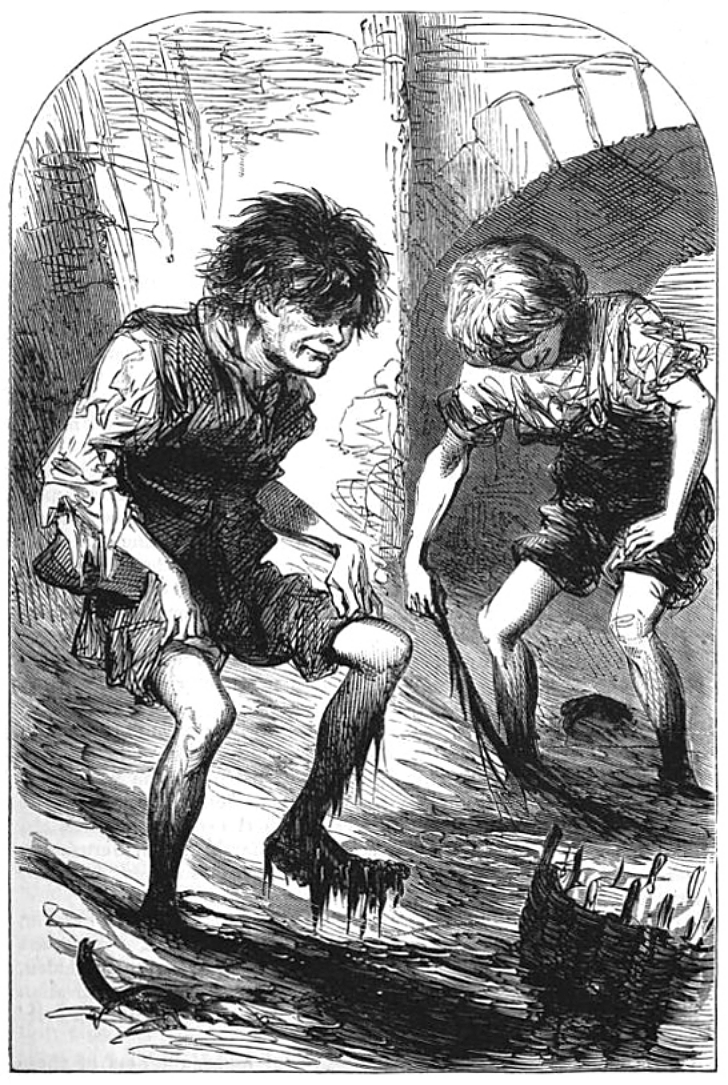
Everything found could potentially be sold for something, even if it was only a pittance. Bones were sold to glue makers, bits of metal, copper nails, and anything sailors happened to drop into the water by accident might have been sold on the street or bought by rag and bone men. Many of the Victorian era mudlarkers were children, the elderly, or the injured who had little else in the way of employment possibilities. During this era impoverished people and their habits were often seen as curiosities by the middle and upper classes who thought of mudlarking as a quirky pastime.
A scene illustrated in the late 1820s showed a variety of folks mudlarking by the Royal Naval Hospital in the neighborhood of Greenwich- among them a man with a peg leg.
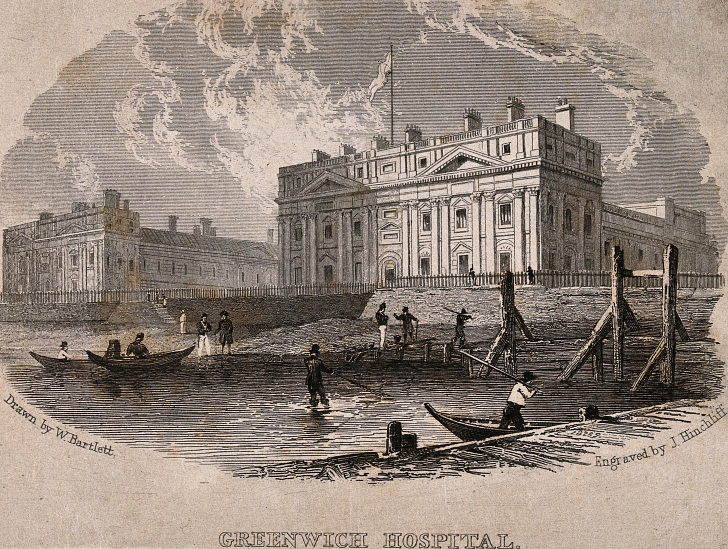
Over the years a huge variety of objects have been found by mudlarkers from human remains to Roman artifacts to a bevy of clay pipes. The latter is among the most commonly found objects from the Thames owing to the fact that there were once pubs serving pints and pipes of tobacco all along the river’s edge.
It wasn’t until after World War II that mudlarking became a primarily historic-minded endeavor, with people actively searching not for scraps to sell, but instead seeking out objects that connected them to the past. Many of these bits have found their way into museums, but others remain in private hands- treasured by those who first found them. Many people today still engage in mudlarking and exchange stories and tips from their excursions to the river banks.
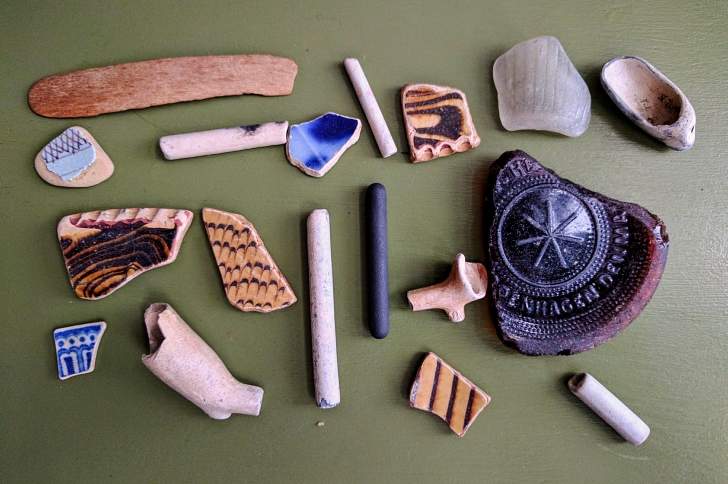
Have a look at mudlarking as it was described in the 1960s in the video below.
SKM: below-content placeholderWhizzco for DOT

